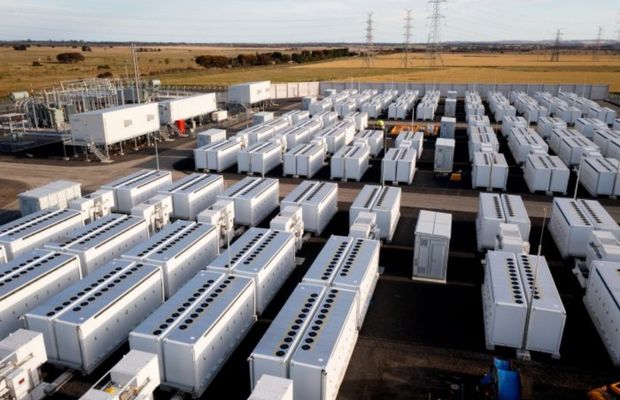Battery Energy Storage represent a significant step towards cleaner energy and environmental sustainability. By enabling more efficient use of renewable energy sources and enhancing grid stability, battery energy storage play a crucial role in reducing reliance on fossil fuels and minimizing environmental impacts. Here’s a detailed look at the environmental benefits of adopting battery energy storage:

1. Facilitating Renewable Energy Integration
battery energy storage can store excess energy generated from renewable sources like solar and wind when supply exceeds demand. This stored energy can then be released back into the grid during periods of high demand or low renewable generation, effectively smoothing out the variability and ensuring a consistent supply of clean energy. This directly contributes to an increase in the share of renewables in the energy mix, significantly reducing greenhouse gas (GHG) emissions associated with electricity generation from fossil fuels.
2. Reducing Carbon Footprint
By enabling a greater use of renewable energy, battery energy storage help to lower the carbon footprint of energy generation. Storing renewable energy for use during peak demand times reduces the need for standby power plants, which are often fossil fuel-based and have high carbon emissions. This shift from fossil fuels to renewables, facilitated by battery energy storage, is essential for achieving global carbon reduction targets.
3. Improving Air Quality
The reduction in fossil fuel consumption not only lowers carbon emissions but also results in a significant decrease in air pollutants such as sulfur dioxide (SO2), nitrogen oxides (NOx), and particulate matter (PM). These pollutants are responsible for various health issues, including respiratory problems and heart disease. By diminishing the reliance on combustion-based power generation, battery energy storage contribute to cleaner air and better public health outcomes.
4. Enhancing Energy Efficiency
Battery energy storage improve the overall efficiency of the energy system. By storing energy and dispatching it when needed, they reduce energy losses associated with transmitting electricity over long distances. This optimization of energy use reduces the overall demand for power generation, further contributing to environmental protection.
5. Supporting Decentralized Energy Systems
The flexibility and scalability of battery energy storage make them ideal for decentralized or distributed energy systems, which generate electricity closer to the point of use. This reduces transmission and distribution losses and encourages the use of local renewable energy sources, leading to reduced environmental impact and enhanced community resilience against climate change.
6. Promoting Electrification of Transportation
Battery energy storage are central to the development of electric vehicle (EV) charging infrastructure, supporting the shift away from gasoline and diesel-fueled vehicles. This transition to EVs, facilitated by efficient and fast-charging battery energy storage, can dramatically reduce transportation-related emissions, one of the major sources of pollution and GHG emissions globally.
7. Minimizing Land Use and Ecological Impact
Renewable energy sources, particularly solar and wind, can require significant land use. battery energy storage can enhance the output efficiency of these renewable installations, reducing the need for additional land and minimizing ecological disruptions. By optimizing the energy production from existing renewable facilities, battery energy storage help in conserving natural habitats and biodiversity.
Conclusion
The environmental benefits of Battery Energy Storage Systems are vast and pivotal for the transition to a cleaner and more sustainable energy future. As technology advances and the cost of battery energy storage continues to decline, their role in environmental sustainability is expected to grow even more significant. Investing in battery energy storage is not only a step towards cleaner energy but also a commitment to reducing global greenhouse gas emissions, improving air quality, and protecting natural ecosystems.
